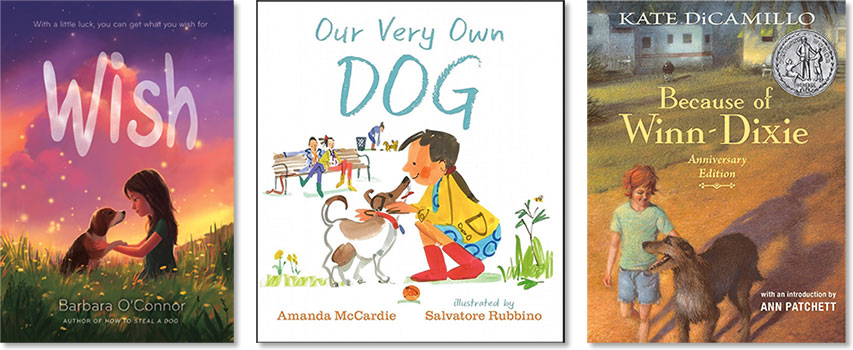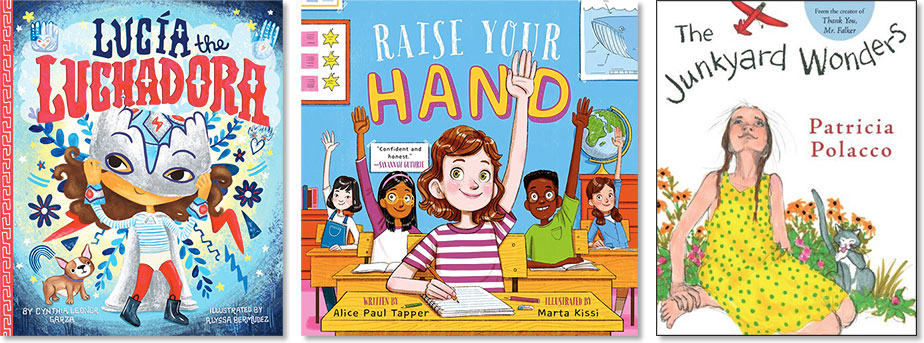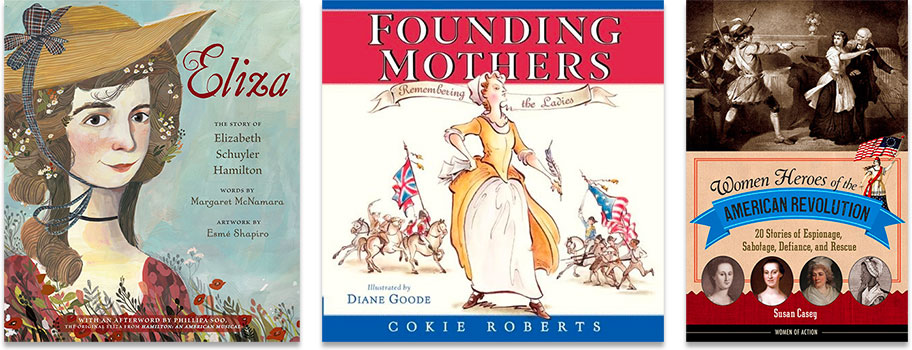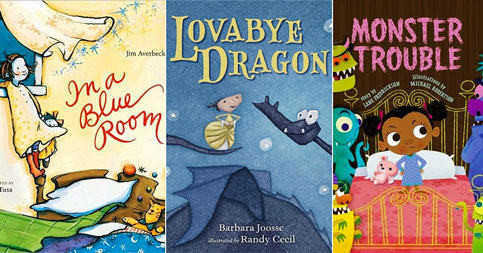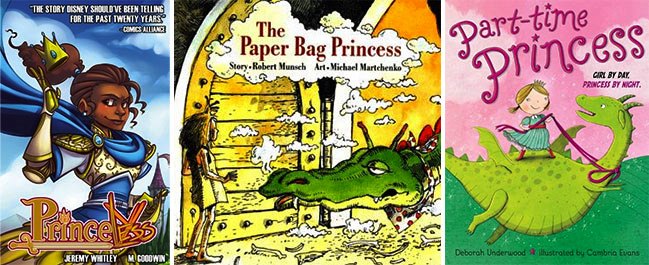A Mighty Girl's top picks of books for young children about their bodies, body privacy, appropriate touch, and more.
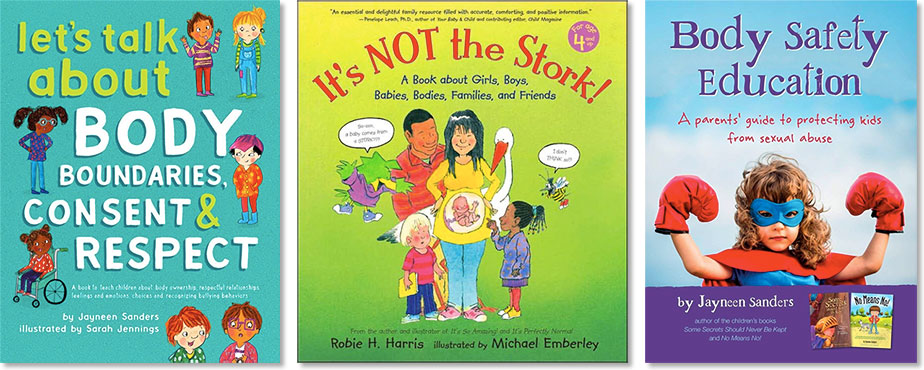 Since the moment someone said, “It’s a girl” or “It’s a boy”, sex has been part of your child’s life. Sooner or later, every child will notice how their body is the same, or different, from other bodies. But while conversations about bodies and sex can be awkward for parents, they’re important even for a preschooler or elementary aged child.
Since the moment someone said, “It’s a girl” or “It’s a boy”, sex has been part of your child’s life. Sooner or later, every child will notice how their body is the same, or different, from other bodies. But while conversations about bodies and sex can be awkward for parents, they’re important even for a preschooler or elementary aged child.
There are many reasons why you should start talking to kids about sex and bodies in age-appropriate ways. One is to take the mystery away from genitalia: if you cheerfully label “ear”, “arm”, and “knee” but refer vaguely to “private parts” or use euphemisms, children may think that there is something wrong, dangerous, or scary about this part of their bodies. Another is to give your child clear language for health issues: if your child says she is “itchy down there” after a summer day trip, a care provider may be looking for poison ivy and not a yeast infection from a wet bathing suit.
Equally importantly is preparing your child to talk about puberty (which we discuss in the second part of this blog, Talking with Tweens and Teens about their Bodies) “Puberty!?” I can hear you thinking. “She’s only 5!” And yet approximately 25% of girls experience breast budding, the first stage of puberty, at age 8 or 9 — third grade — and her first period will generally follow two to three years after the appearance of breast buds. If the girl in your life is an early bloomer, she may experience these changes before you are expecting them. But if you have been open and forthcoming with information about her body in the past, she will know that she can approach you with her questions. Continue reading → Continue reading
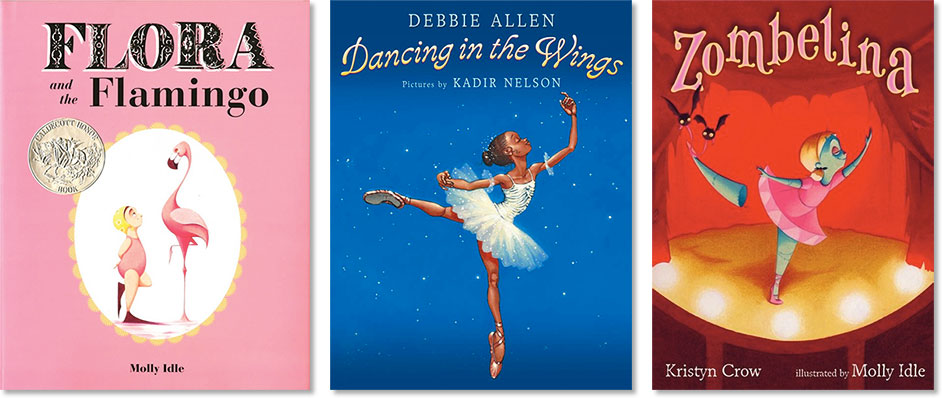 For many Mighty Girls, nothing is more fun than moving to music! Maybe she takes formal ballet lessons, or maybe she and her family just take joy in putting on their favorite tunes and dancing together for fun. Either way, a love of dance is a great way to get exercise, have fun, and express your creativity!
For many Mighty Girls, nothing is more fun than moving to music! Maybe she takes formal ballet lessons, or maybe she and her family just take joy in putting on their favorite tunes and dancing together for fun. Either way, a love of dance is a great way to get exercise, have fun, and express your creativity!








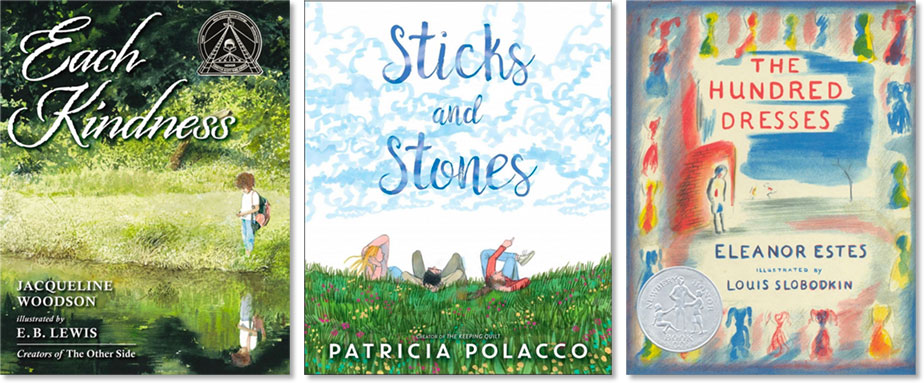
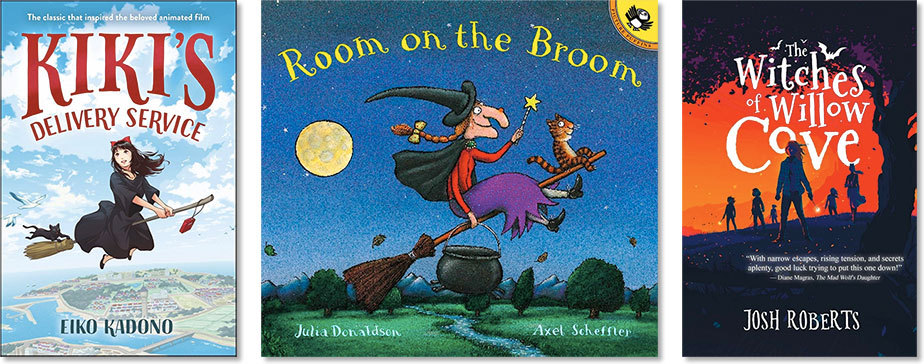 On Halloween night, don't be surprised if you see a broomstick in the sky! Witches are a fixture of the Halloween tradition — and since most witches are depicted as female, there are plenty of stories out there starring Mighty Girl witches. From funny picture books to quirky and suspenseful middle grade novels to creepy young adult titles, there's something here to suit every witch-loving reader.
On Halloween night, don't be surprised if you see a broomstick in the sky! Witches are a fixture of the Halloween tradition — and since most witches are depicted as female, there are plenty of stories out there starring Mighty Girl witches. From funny picture books to quirky and suspenseful middle grade novels to creepy young adult titles, there's something here to suit every witch-loving reader. 